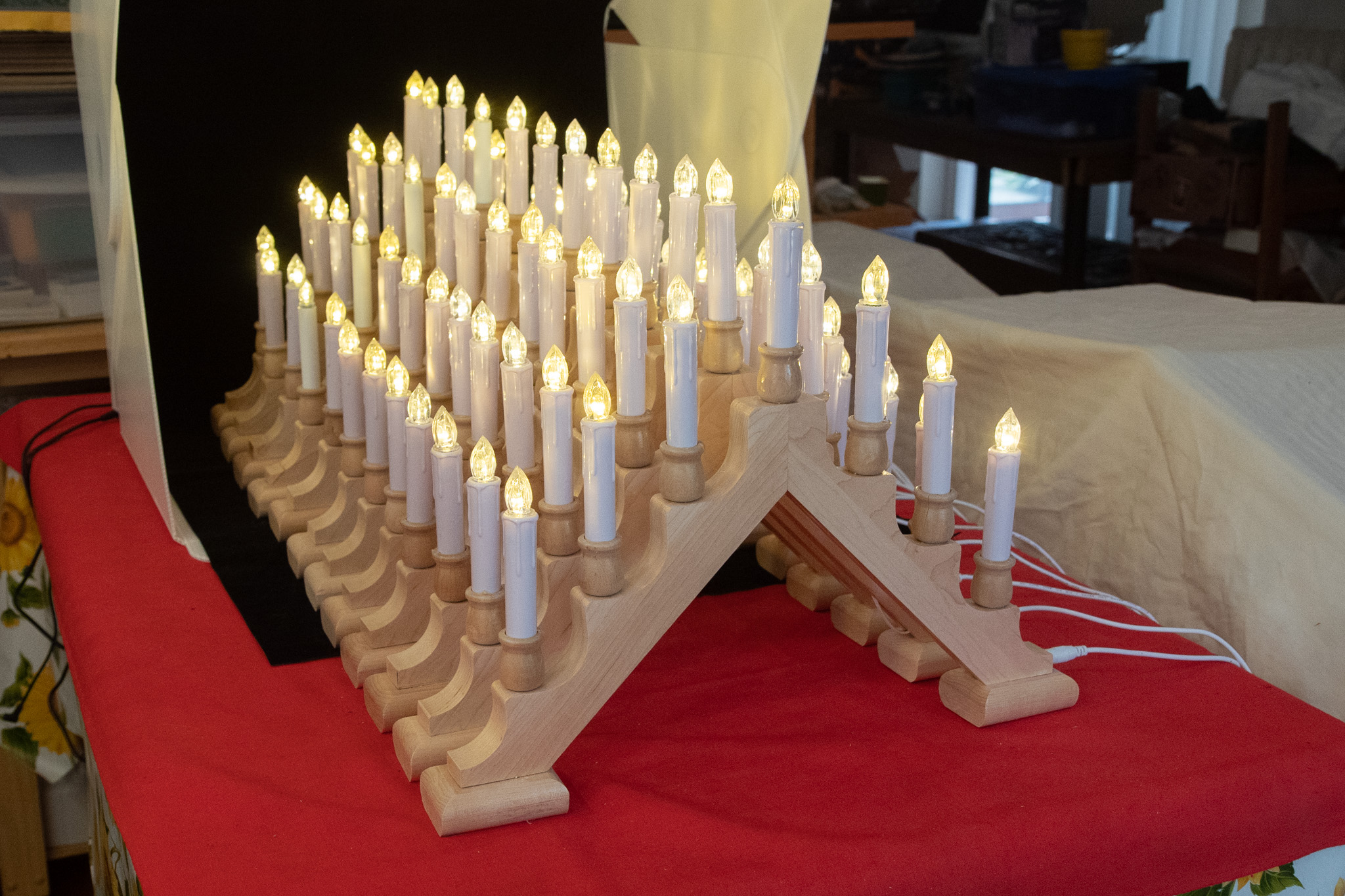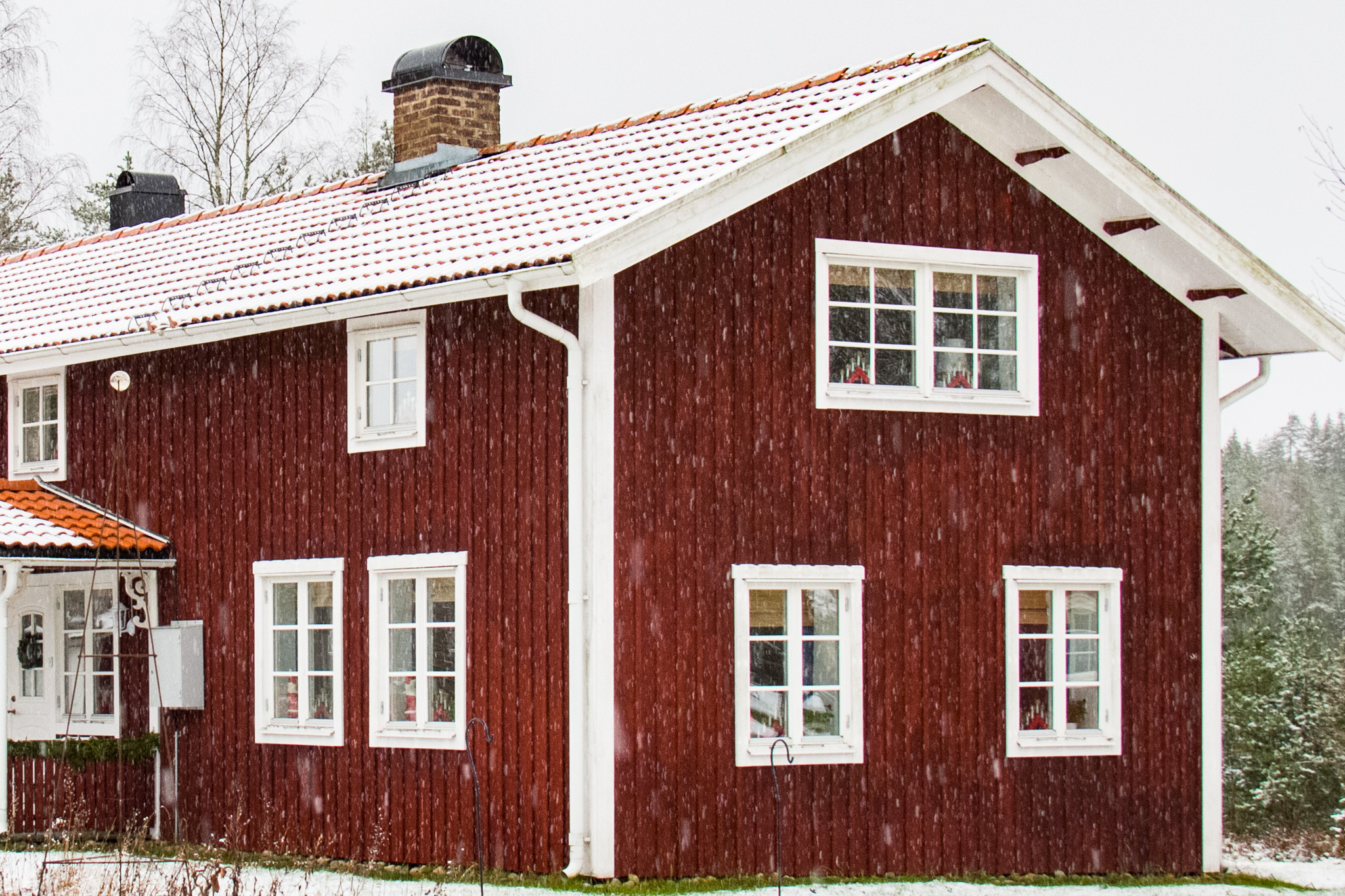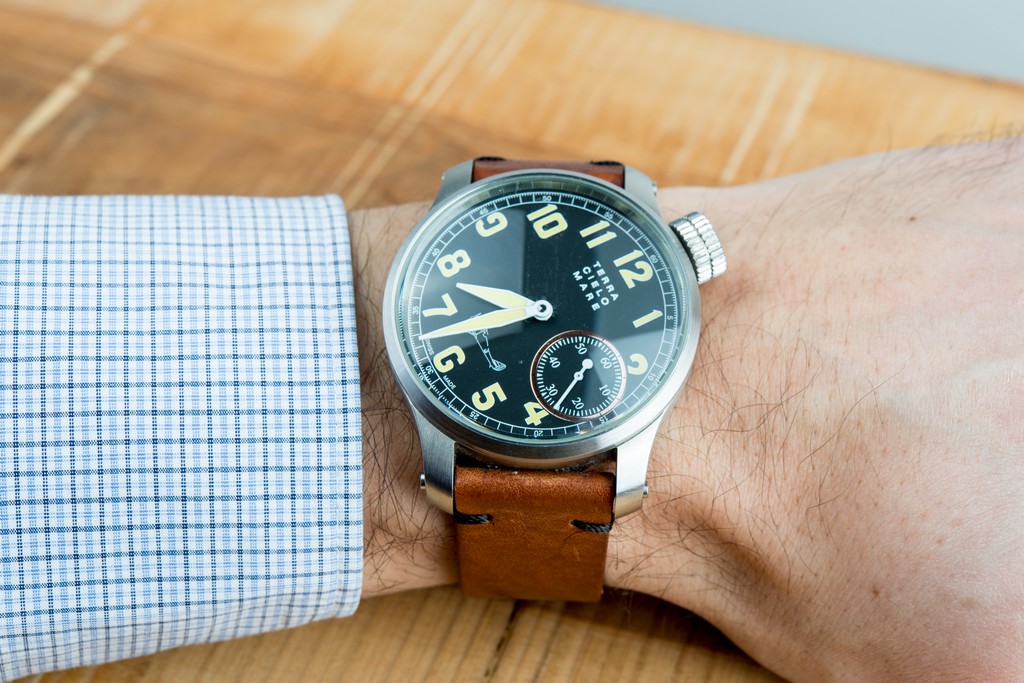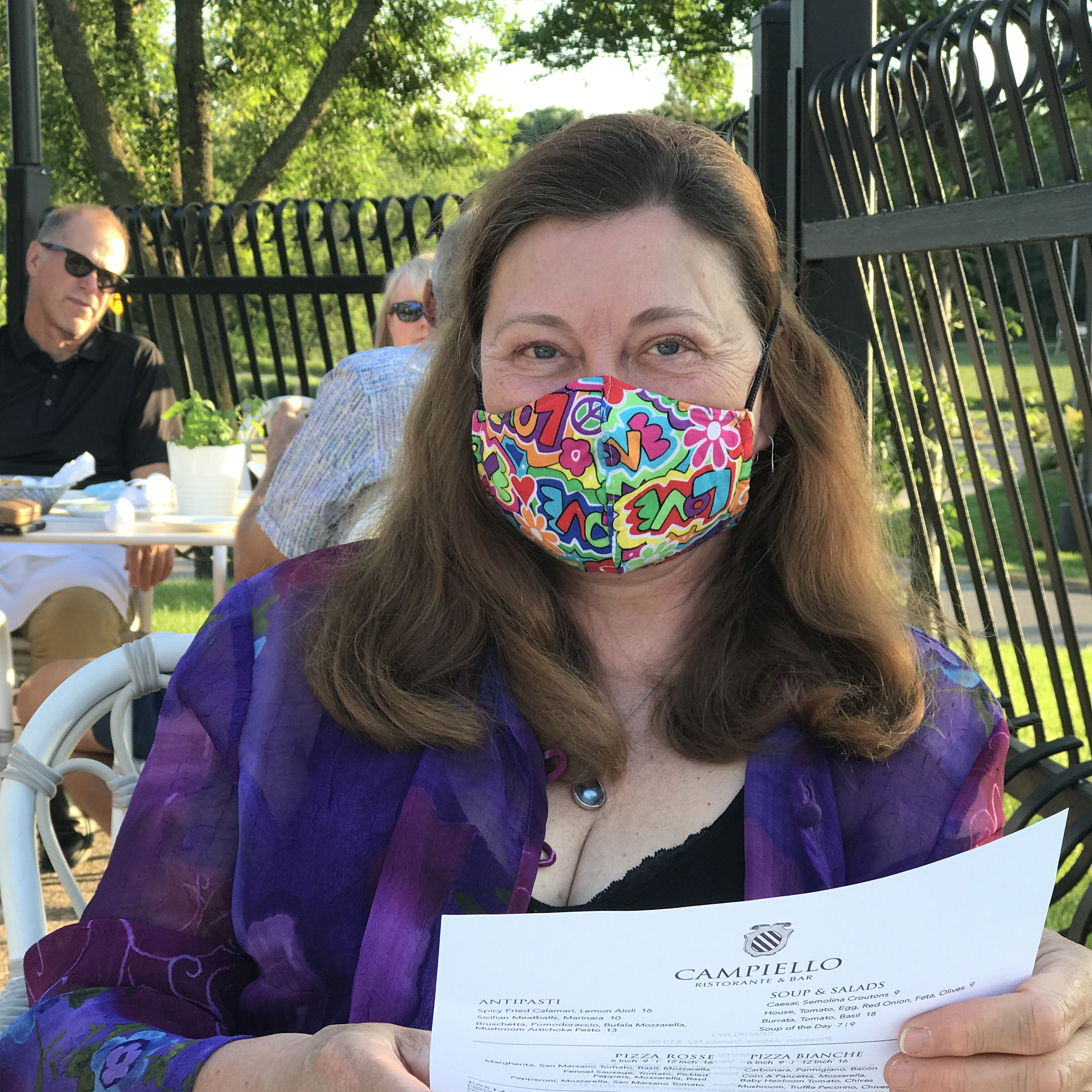
It is considered good practice to finish up the old projects before embarking on new ones, but that doesn’t seem to be my way. The new one gets started and the old one languishes in its nearly complete state, sometimes for years, until I grant amnesty, allowing it to fade into memory.
I had reached the point in the Swedish candelabra project where the challenges of woodworking had been solved, a working prototype had been made, a dozen pieces had been crafted, and all that was left were the trivial details of wiring the electric LED candles.
It turned out that, while not technically challenging, it was incredibly tedious, threading wires, stripping insulation, soldering the bulb contacts, splicing connections and gluing the simulated plastic candlesticks in place. The first one I assembled took hours.
With eleven more to go, I found lots of excuses to not do them. Eventually however, when the summer heat advisories provided reason to retreat to the cool workroom in my home, I would complete one, or maybe two, each day. Eventually I reached the last one, by which time I was proficient– only an hour of assembly!
I can now declare this project complete, and I look forward to displaying the candelabras in our windows when the season shifts once again to long cold nights. I hope they are seen by the passing neighbors as signs of hope, warmth, welcome, and good cheer, just like the ones we enjoyed in Sweden.



